San Diego Researchers Are Contributing To A Human Spaceflight Mission To Mars – KPBS
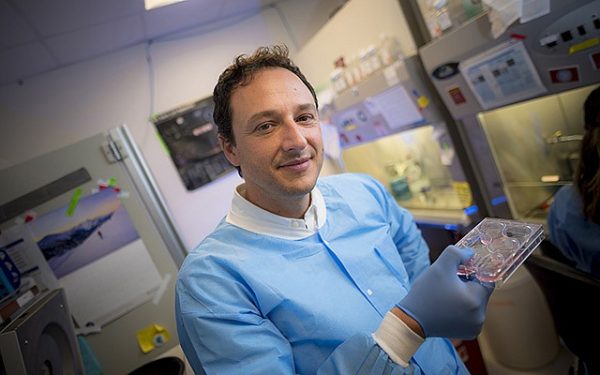
Credit: Erik Jepsen / UCSD
Above: Dr. Alysson Muotri holding human brain organoids, “mini-brains,” in this undated photo.

The scientific research coming from places like UC San Diego could add to the wealth of knowledge spacefarers need to safely get to other planets.
Aired: July 19, 2019 | Transcript
The 50th anniversary of the historic Apollo mission to the moon is this Saturday, July 20. And the occasion has many people reflecting on the marvel of human spaceflight. Some of the science needed to make long-range missions happen is coming from labs in San Diego.
Brain organoids in microgravity
Scientists at UC San Diego don plastic gloves as they prepare to perform a daily procedure — placing petri dishes filled with tiny brains into a refrigerator. Biologist Dr. Alysson Muotri and his team are developing these organoids for a voyage.
“It’s the first time where brain organoids derived from stem cells will be sent to space,” Muotri said.
The brain organoids — and others from researchers around the country — are destined for the International Space Station, scheduled for departure on a SpaceX rocket on Sunday.
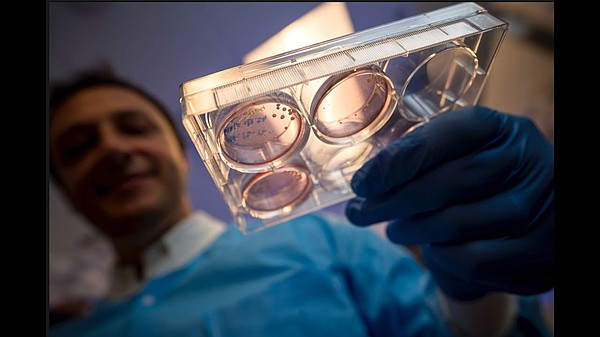
Just as NASA is doing, Muotri is thinking about long-term human spaceflight — Mars, and beyond.
“We’re going to have humans colonizing other planets or living on the moon, so we need to understand better the impacts of microgravity on neurological development,” Muotri said.
The globs of tissue mimic genetically and architecturally an actual brain, Muotri said. They were made in space conditions and will be kept in a mini-lab to control their environment. The only difference will be gravity or lack thereof.
He would like to see how long-duration spaceflight could impact astronaut’s brains. For example, he said there might be accelerated aging of brain cells.
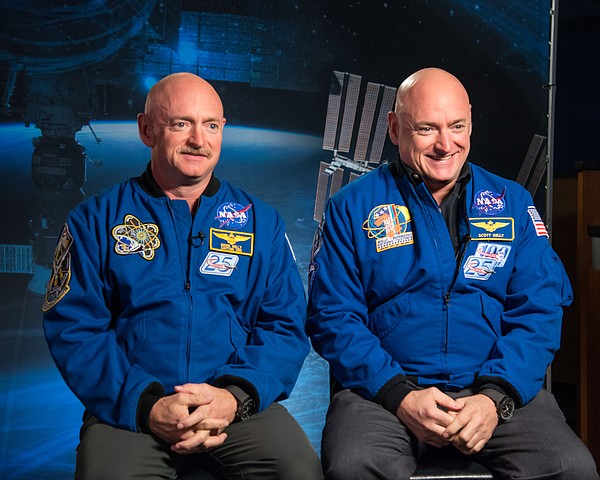
Understanding the human body in space
But, stem cells aren’t new to space. And there have already been studies on the body in space like the NASA twins study.
“I have not come back to my Earth height, yet. I grew two feet. My brother is 3-foot-6, now I can rub his head,” joked retired astronaut Scott Kelly, to an audience at a NASA headquarters event in May 2016.
“But, actually, I stretched an inch-and-a-half. There was this talk that I grew two inches. I just stretched,” he said.
Kelly and his twin brother, Mark Kelly, are part of the NASA twin study.
While Scott Kelly spent nearly a year in space, his brother stayed on Earth. NASA has been studying them to see how space conditions impact the brain and body. Kelly said he sometimes didn’t feel well in space.
“I actually had some rashes and discoloration anywhere I had contact. I had flu-like symptoms,” he said. “We need to learn these things if we are going to Mars.”
But, he said, it’s going to take a lot more research before a trip to Mars can safely happen for humans.
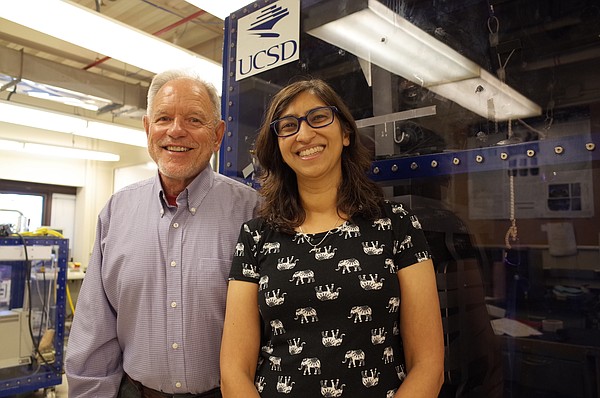
How Local and National Research Contributes to Long-range Spaceflight
Some of that needed research is happening in San Diego.
UC San Diego physiologist Alan Hargens often works with an exercise contraption that can vacuum out all the air from within. This type of device could help astronauts maintain blood balance in microgravity, by sucking fluids to their feet, Hargens said. And it can help them with cognitive functions.
“When people do things in space, it takes a long time for them to do it due to the loss of gravity, but we think the other part is maybe due to lower or altered blood to the brain,” Hargens said.
Brinda Rana, a fellow University of San Diego researcher, is often in the lab with Hargens. They both worked on the NASA twins study, which revealed some initial findings in April, showing for example changes in Kelly’s gut bacteria.
Rana said researchers are now looking at urine and blood samples to see the molecular effects difference in Kelly. But, she said, there are still some limitations to these findings when studying a whole person and not the tissue.
“These organ studies in space are really important for NASA … they provide a way to control the environment and hone in on the specific environment and what that does to the organ itself,” Rana said.
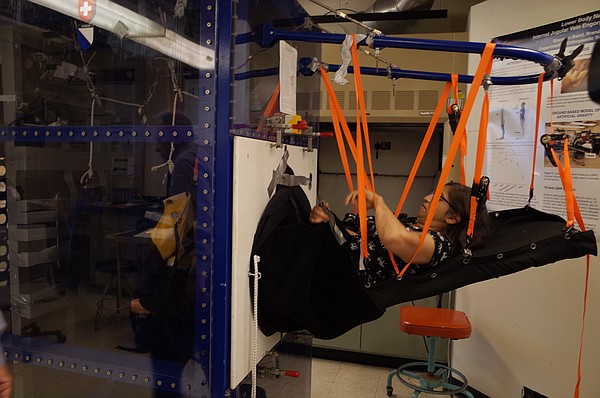
But organs don’t work in isolation, she said. The brain is impacted by other organs that are working with it.
“So it’s important for us to do both studies. You know at the cellular level, the tissue level, the whole organism level and put all that information together.”
Scientific research coming from places like UC San Diego and nationally can help NASA get closer to a major goal — a safe human expedition to Mars, she said.
“I’d love for that to happen in my lifetime,” Rana said. “Because I’d love to go and visit Mars.”
To view PDF documents, Download Acrobat Reader.






